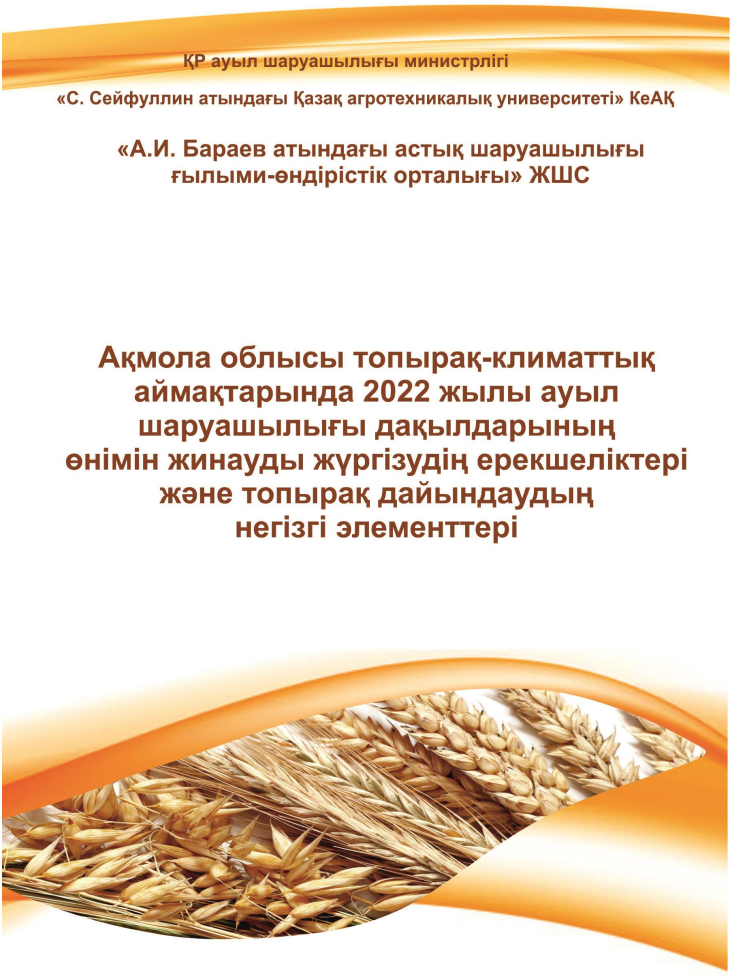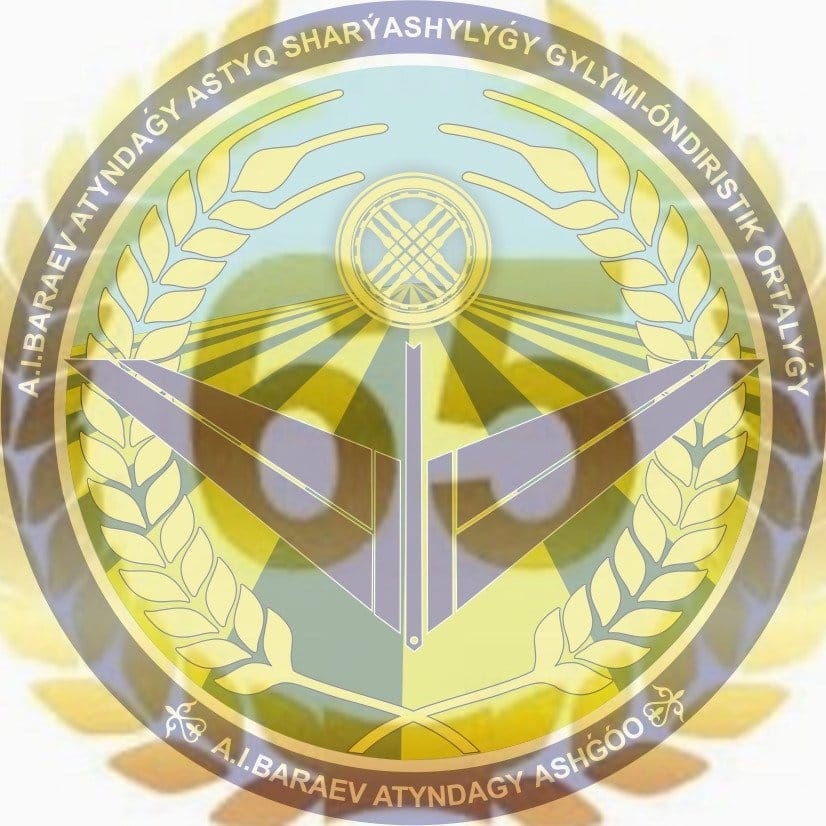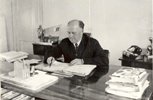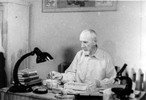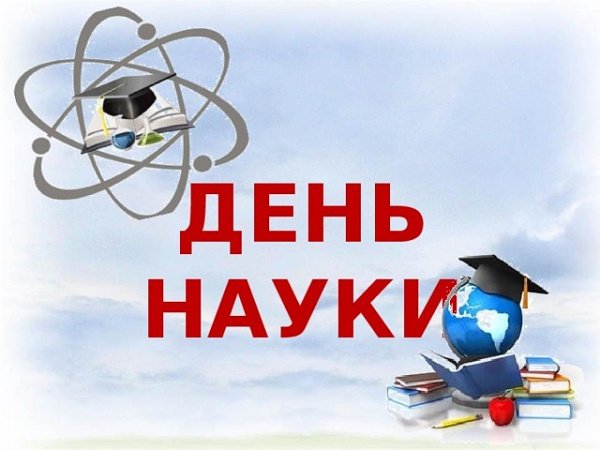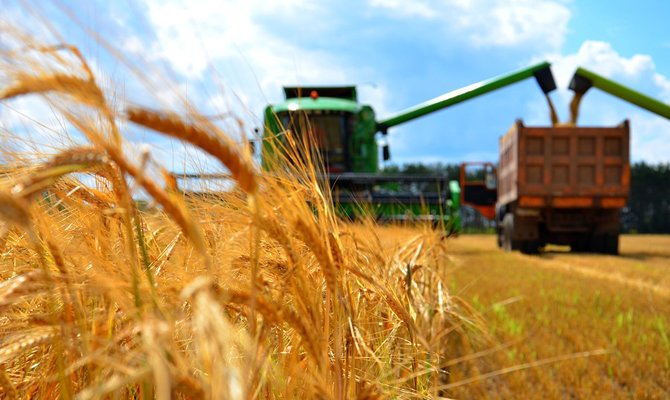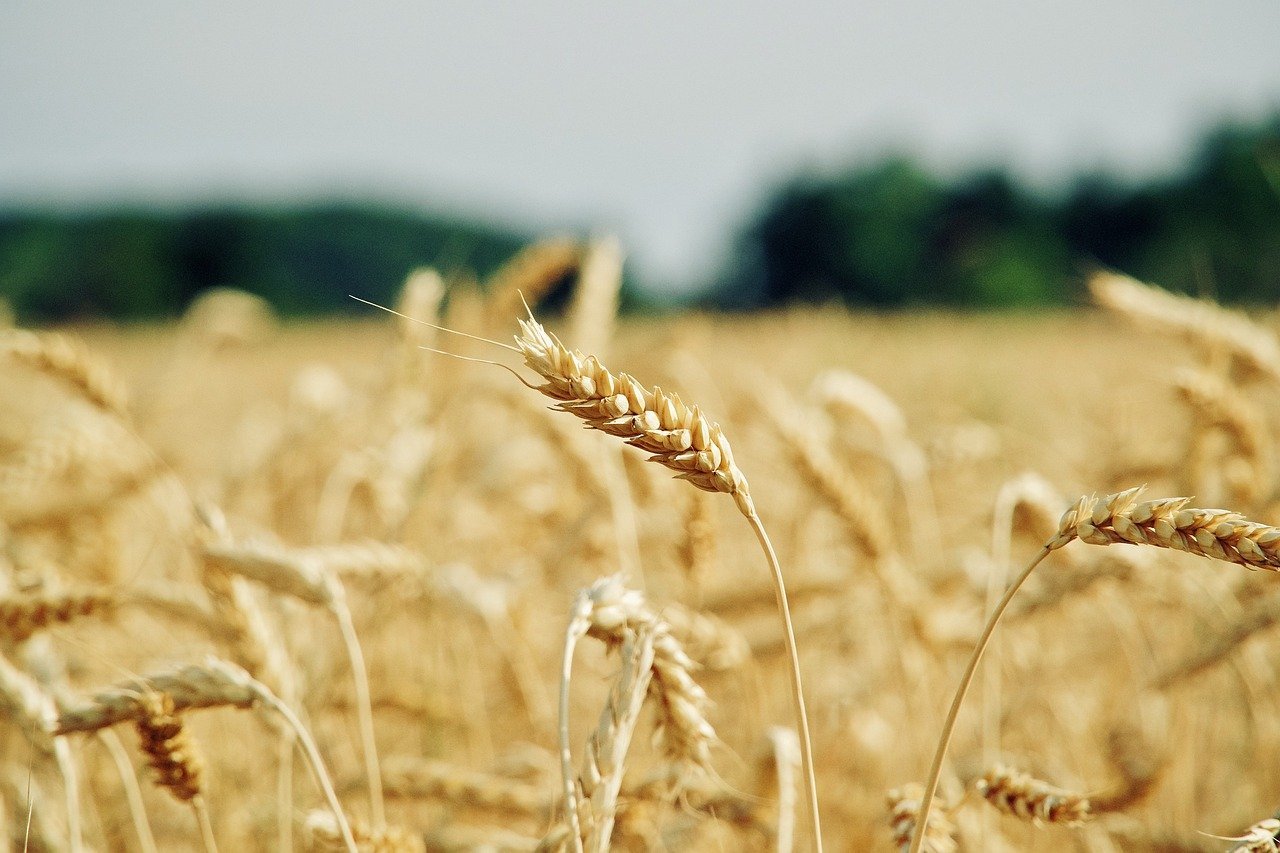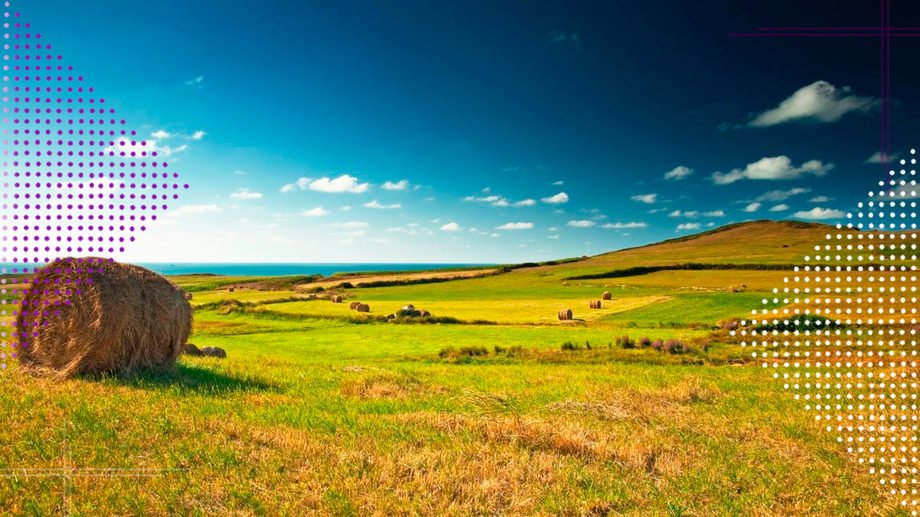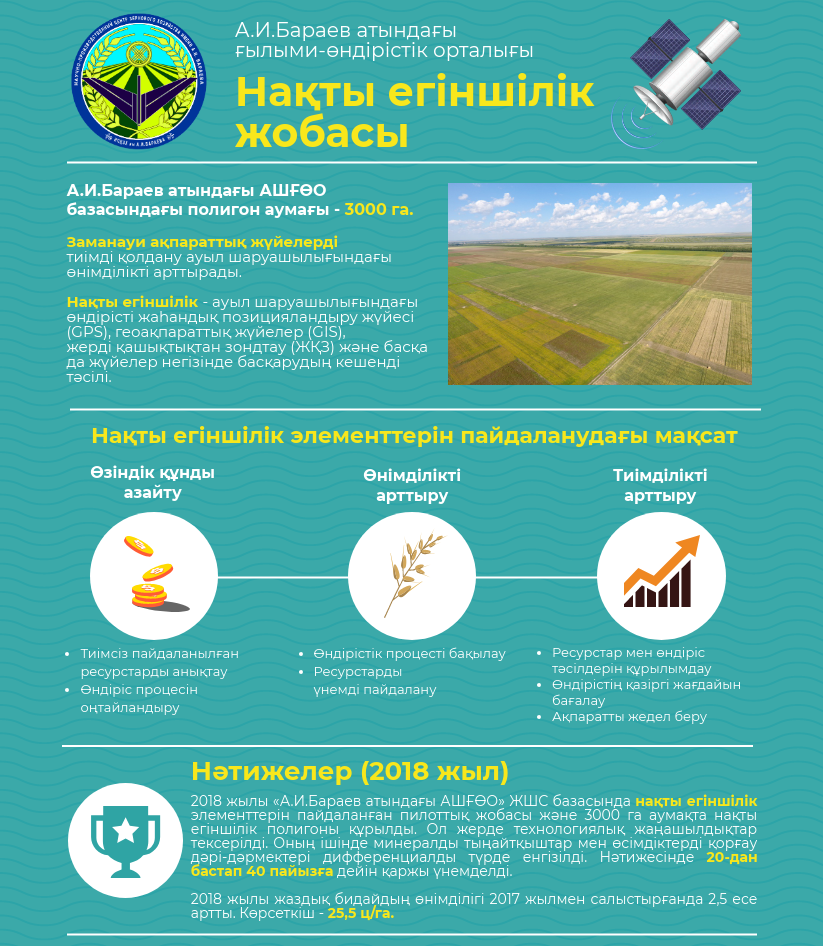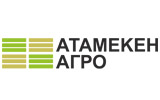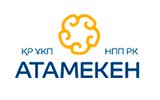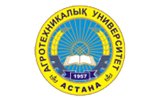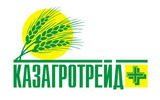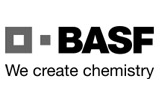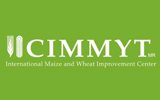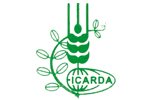Science and Business
Главная / News / News
Increasingly, in business literature, along with the new words “startup”, “innovation”, “commercialization” also sounds. What does it mean? Let’s try to figure it out.
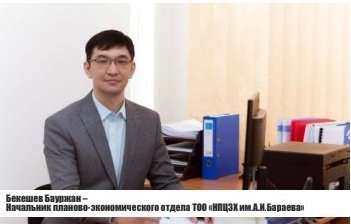
In developed Western countries, the process of commercialization has a long history. Since the XVIII century, the competitive struggle for sales markets, since the formation of capitalism and the rapid growth of industry, has made it necessary to constantly improve the quality of manufactured goods.
If at first, lone inventors coped with the improvement of products, then the further development of science and technology greatly complicated this process and could no longer depend on the enthusiasm of individual innovators.
Since that time, special divisions began to appear in which scientists are engaged in improving the manufactured product, taking into account the needs and desires of potential buyers.
Since the new product gives a competitive advantage to the owner, there was a need to protect his rights at the state level. So there was a security document - a patent. Its validity period can reach 35 years. For all this time, the patent owner receives a state guarantee for the exclusive use of the invention, a new product. The patent holder has the right to use it both for his own needs and to sell it. This is where the need arises for commercialization as an activity to extract profit from the practical use of scientific developments, that is, turning them into a commodity.
The Scientific and Production Center of the Grain Farming named after Alexander Ivanovich Barayev has over 100 patents for varieties of cereals, leguminous, oilseeds, forage crops created by the efforts of breeders. The complexity of the breeding process of the variety is indicated by the fact that its creation requires from 10 to 15 years of work by a team of scientists.
Since the Soviet Union, the authors of varieties have received monetary rewards from the state for the use of their breeding achievements. One of the founders of Kazakh breeding Valentin Petrovich Kuzmin, who built a school in Damsa settlement of Shortandinsky district with funds from the use of his varieties, can serve as a perfect example.
Since the 90s of the last century, the change of socio-economic formation has violated the old order of collecting rewards, making it irrelevant. Until recently, breeders did not have the opportunity to receive monetary rewards for the use of their varieties – there was no mechanism for collecting royalties. With the introduction in 2015 of the Law of the Republic of Kazakhstan “On the commercialization of the results of scientific and (or) scientific and technical activities”, as well as the systematic work of a specially created commercialization office, it was possible to build a system of obtaining recognition of the use of breeding varieties of the SPC GF named after A.I. Barayev, which are collected from elite seed and seed farms.
It cannot be said that this work is completed, but the main points of the process have already been worked out. In addition, the idea of the need to pay for the use of varieties, as a result of the author's work of breeders, is becoming increasingly widespread among progressive-minded leaders of agricultural formations. As a result, from 2016 to 2020, it was possible to increase the revenue from the use of varieties by 2 - 2.5 times from 20 to 40-50 million tenge annually. The main amount of royalties comes from wheat varieties: “Shortandinskaya 95 improved”, “Astana 2”, “Astana”, “Shortandinskaya 2012”, “Damsinskaya yantarnaya”, barley “Astana 2000”, wheat grass “Batyr”. At the same time, payments to authors-breeders in the amount of 30 percent of receipts increased from almost 7 to 17 million tenge. Individual authors or their heirs received more than three million tenge. All this makes it possible to motivate breeders to work on creating such varieties that most meet the requirements of agribusiness.
Further work of the commercialization office involves the creation of a database of all available breeding achievements and inventions, their description, advantages in comparison with analogues, readiness for implementation and evaluation. This will allow any potential buyer to find the variety or technology he is interested in. The next stage will be participation in projects involving the creation of a sustainable production process using scientific developments
The excursion into history made at the beginning of the article is necessary in order to understand the modern processes of commercialization taking place in Kazakhstan, in particular in agriculture. Unfortunately, a breeding achievement or invention created in local scientific organizations is not always the goal of research. It can be a by-product that has arisen regardless of the needs of rural production, and appears only to justify the financing received. Most of these patents are not of interest to agricultural producers, they remain in demand. As a result, first, a new variety or invention is created and only then there is a search for its buyers. In comparison with the example of developed countries, we get, as in the saying, “put the cart in front of the horse”. As a result, the existing large scientific potential of research institutes is being used irrationally. Perhaps this is one of the reasons for the increasing demand for varieties of foreign breeding.
This problem has already been recognized by the leadership of agricultural science and now one of the tasks of the commercialization offices is to assess the commercial potential of a scientific project already at the initial stage of its writing for participation in a funding competition. The task of creating an innovative product will be considered through the prism of the interests of agribusiness, determining its ability to compete with existing analogues in the country and the world. Only after receiving a positive conclusion from the commercialization office will scientists decide to participate in the competition of scientific projects.
Now all commercialization offices, including ours, are going through such stages. Let’s hope that we will be able to pass this important moment in the restructuring of the process of creating an innovative product and its further commercialization successfully.
For reference. Nowadays, as a result of 65 years of scientific research and investigations, the SPC GF named after A.I. Barayev has over 85 patents for breeding achievements and technologies, has the status of an originator of varieties and elite seed farms. Original and elite seeds of cereals, legumes, cereals and perennial grasses varieties are widely presented for sale. In addition, certified units provide services for the analysis of plant growing crop production (biochemical and technological analysis of grain and flour), as well as agrochemical analysis of soil.
For more information, please visit the website: baraev.kz, by phone: 8 (71631) 2-30-29, or by writing to the email address: tsenter-zerna@mail.ru



